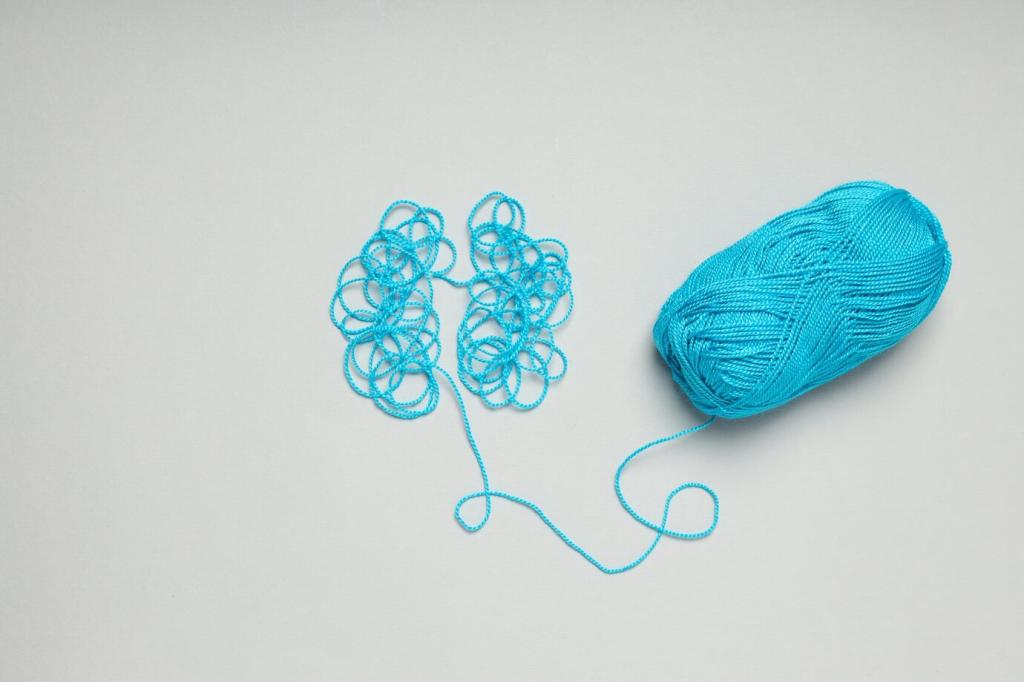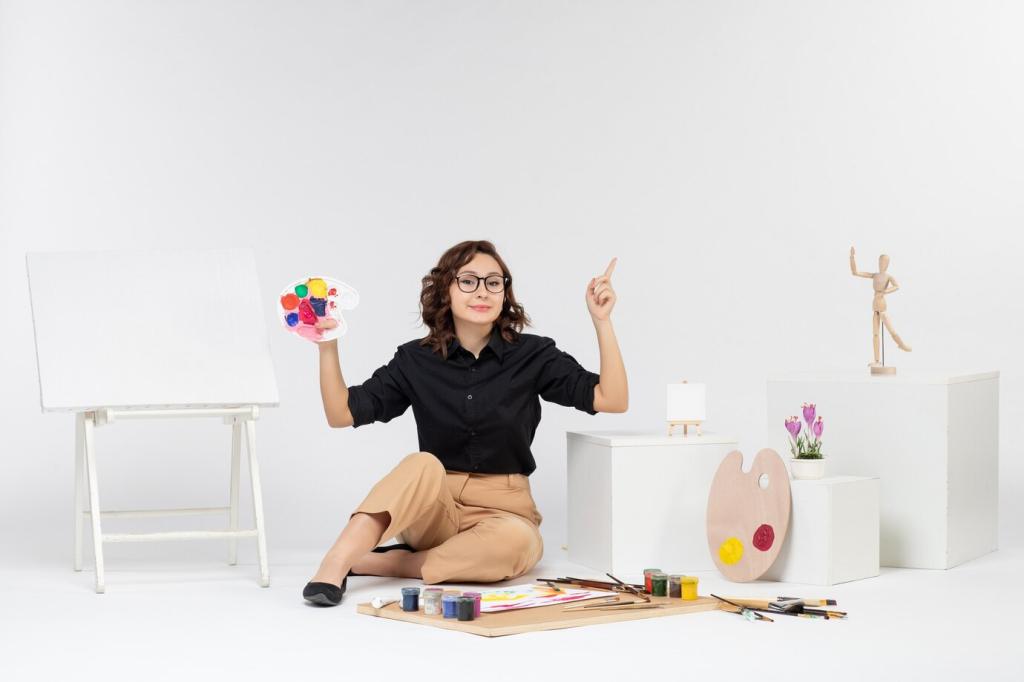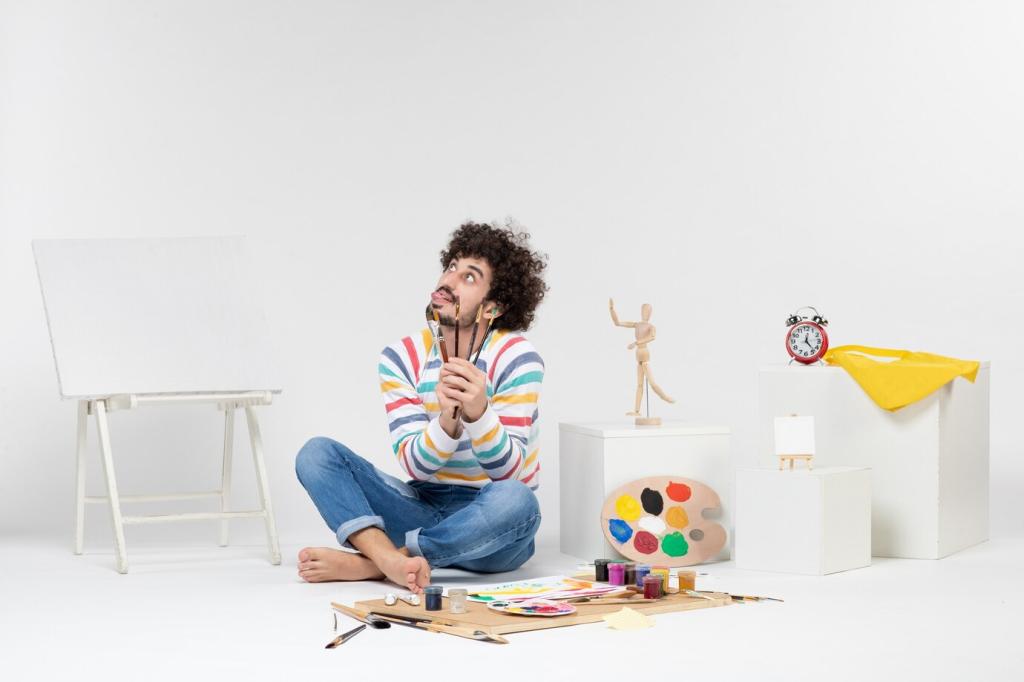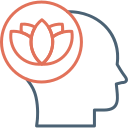Welcome to a space devoted to Art Therapy for Emotional Healing. Discover gentle practices, science-backed insights, and heartfelt stories to help you feel, process, and transform your inner world through creative expression.
The Brain on Art
Studies suggest creative making can lower cortisol and support integration between emotional and reasoning centers. Rhythm, color, and tactile feedback calm the nervous system and invite safer, slower processing of difficult feelings.
Symbols Unlock Feelings
Images carry layered meanings that bypass defenses. When you paint a stormy sky or a cracked vessel, your psyche can speak freely, turning overwhelming sensations into shareable, workable symbols.
Your Invitation
Set aside ten minutes today to doodle your mood. Then tell us what surprised you in the comments, and subscribe to receive weekly prompts for kinder, steadier emotional repair.
Gather Your Tools: Gentle Materials for Big Feelings
These materials move easily and invite layering without demanding precision. Their smudge, bloom, and blend can mirror shifting feelings, giving you permission to explore without fear of making an irreversible mark.
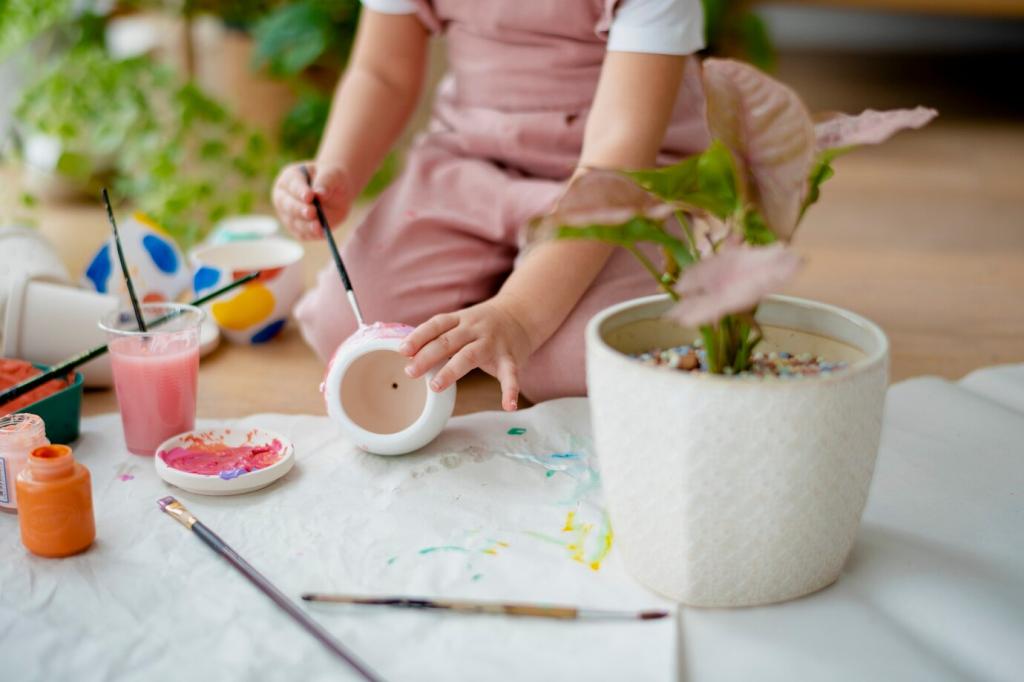
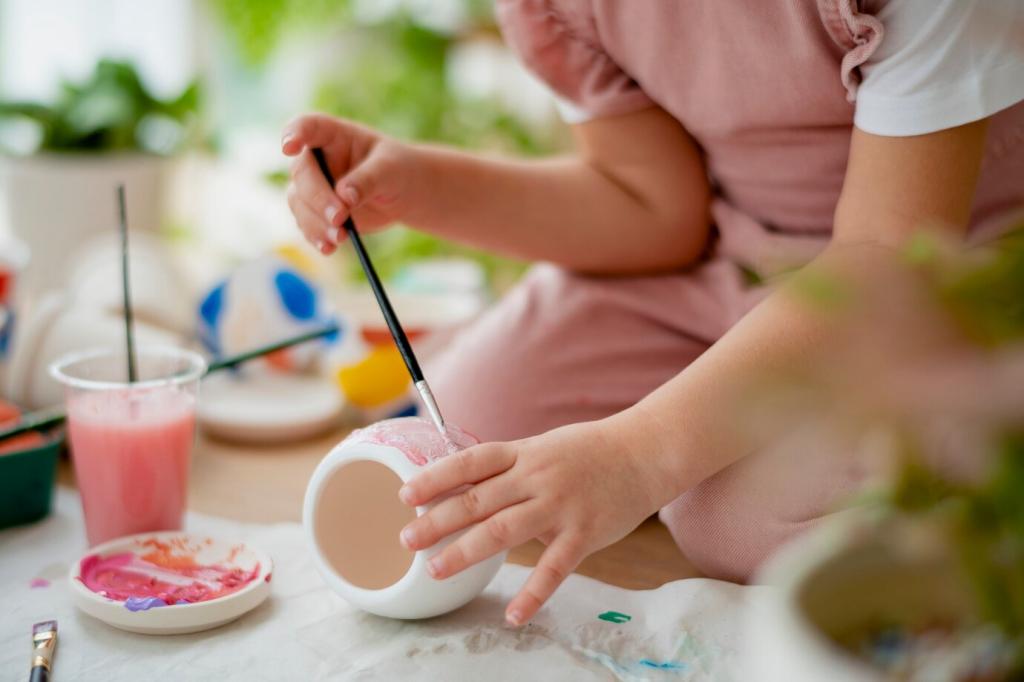
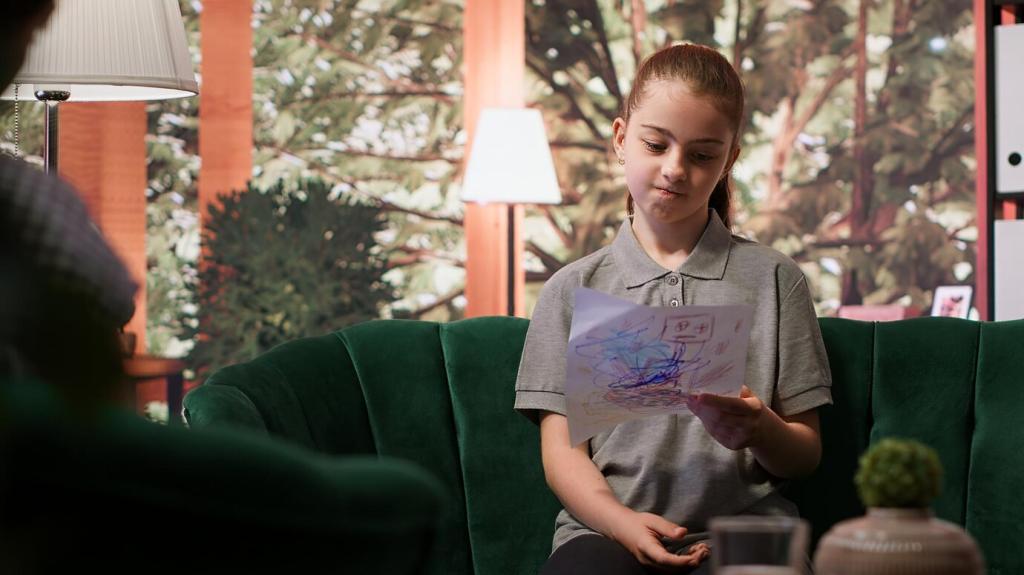
Starter Practices to Release and Rebuild
Trace a circle, breathe in slowly, and assign a color to the inhale and exhale. Fill rings with that rhythm, noticing where breath steadies. Post your mandala and tag our community to inspire others.
Starter Practices to Release and Rebuild
Draw a loose line for your day, adding shapes where emotions spiked or softened. Label with colors, not judgments. Return tomorrow to compare patterns, and comment about any unexpected pivots you noticed.
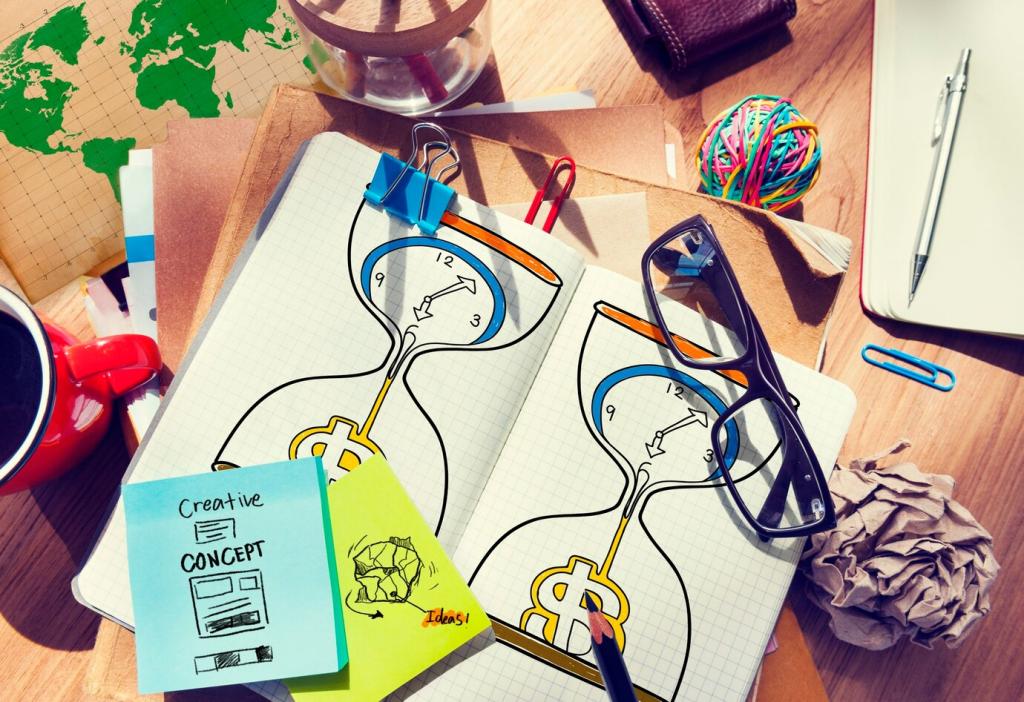
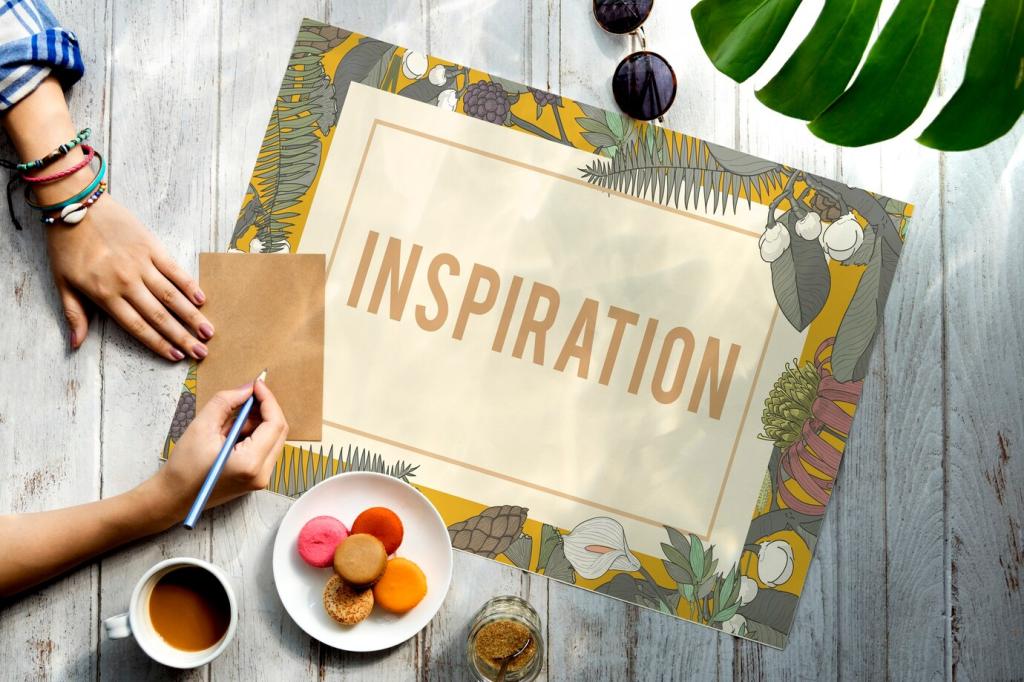
Stories from the Studio: Small Moments of Courage
After her loss, Maya painted a blue river every morning. Week by week, the current widened, then cleared. She later wrote that the water finally carried words she could share with friends.
Stories from the Studio: Small Moments of Courage
Sam layered ticket stubs, map scraps, and thread to trace anxious commutes. Naming the knots let him loosen them. He now carries a tiny collage card as a reminder to pause and breathe.
Trauma and Regulation
Reviews report reductions in post-traumatic stress symptoms when visual art therapies complement care. Sensorimotor engagement supports grounding; metaphor offers distance, helping memories be approached safely and reorganized with support.
Youth, Schools, and Play
In classrooms, art-based emotional literacy programs improve self-expression and peer connection. Flexible tasks meet diverse needs, lowering barriers for students who hesitate to speak yet eagerly communicate through images and movement.
Adults, Burnout, and Belonging
Brief, weekly art sessions have been linked to improved mood and reduced burnout indicators. Shared making fosters belonging—an antidote to isolation. Bookmark studies you love and drop recommendations we can explore together.
Mindful Boundaries and Emotional Safety
Work in short sessions, pause to drink water, and end with a grounding note or color. If intensity rises, widen strokes, slow breath, and choose stabilizing textures like soft paper or fabric.
Mindful Boundaries and Emotional Safety
If imagery becomes overwhelming, shift to neutral patterns, trace your hand, or list five safe objects in the room. Share what helps you re-center so others can learn compassionate tactics too.
